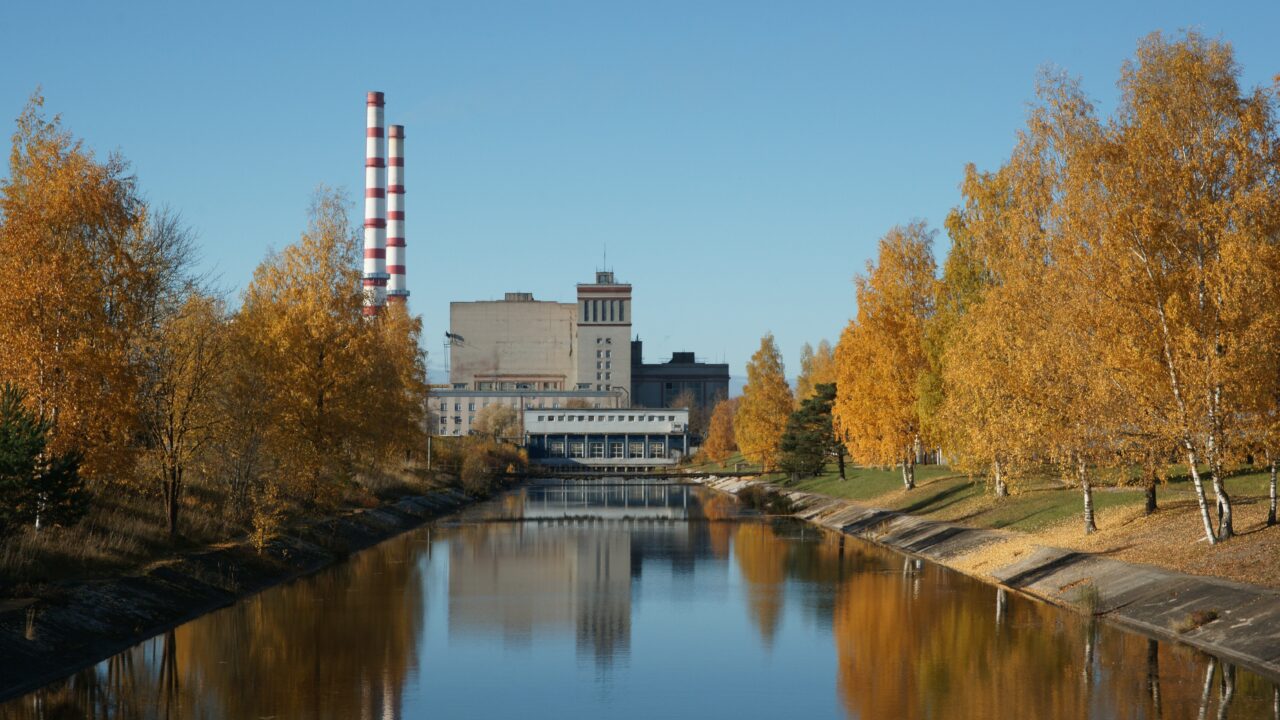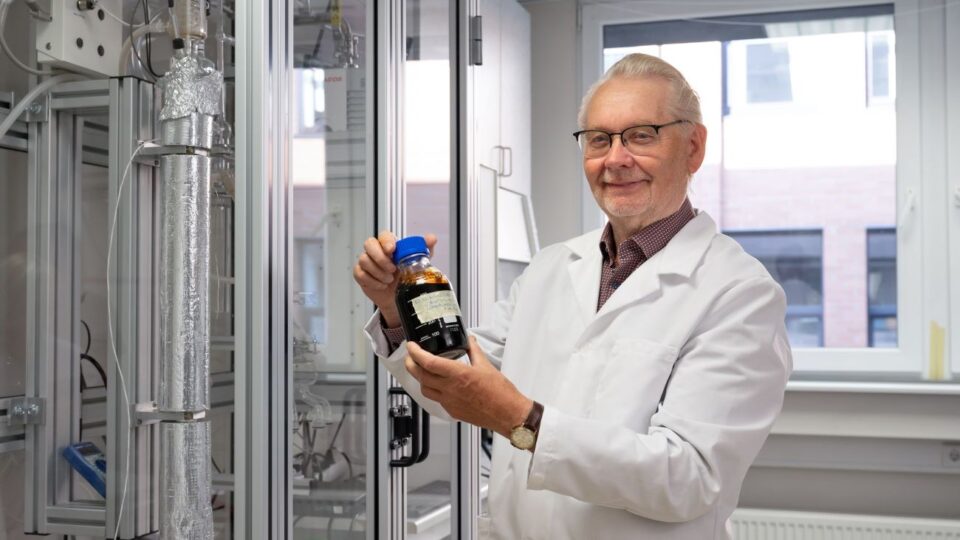The energy transition means that the environmental damage caused by energy production is increasingly factored into the price of energy. In the past, this was not the case, so prices did not actually cover the costs inflicted on the environment, and there was little incentive to protect it.
The European Union has established a CO₂ quota market, where polluters must purchase allowances. Since oil shale energy generates a great deal of emissions, the additional costs have made the sector unprofitable – except when market prices happen to be very high.
It is true that Estonia could, in principle, continue with oil shale electricity, provided producers are able to offset environmental impacts according to EU rules and still remain sustainable. For example, TalTech, in cooperation with Eesti Energia, has long been developing technologies that capture both carbon dioxide and other emissions. However, satisfactory economic viability has not yet been achieved.
Another issue is whether the quota market or even the electricity exchange, with their pricing mechanisms, are ultimately fair. Probably not – but no better alternative has been devised so far, and Estonia has been at the table when these rules were agreed.
Many conflicting objectives
Why is this all so complicated? First, there are many objectives, and some of them conflict. At one roundtable, I asked representatives of all parliamentary parties about their most important energy-related goals. While everyone agreed on the need for secure supply at reasonable prices, opinions differed sharply on how to achieve this.
Some want 24/7, 100% self-sufficiency; others favor more cross-border connections. Some prioritize the origin of raw materials, to avoid dependence on undesirable or poorly controlled supply chains. One values larger production units, while another emphasizes more decentralized generation – households producing and storing electricity, energy cooperatives, and so on – in order to strengthen system resilience in crises. Some worry most about the environmental footprint, others about job losses linked to the transition, while some stress the need for fast and bold innovation, such as a strong push in hydrogen energy.

Baltic Thermal Power Plant near Narva, one of the world’s most powerful oil shale–fired power plants. Photo: Andres Meesak/CC BY-SA 4.0 license.
No clear view of the future
Second, we do not know exactly which future scenarios we should be preparing optimal solutions for. In recent years, central assumptions about whether Estonia’s electricity consumption will grow significantly, grow slightly, shrink, or remain about the same have repeatedly shifted.
Not long ago, a draft of Estonia’s new National Energy and Climate Plan (ENMAK) suggested that if many energy-intensive industries were established here by 2035, electricity consumption could increase up to 1.5 times. Current forecasts are more modest, assuming only slight growth. This makes a big difference in setting targets for new generation capacity. A smaller market means less domestic purchasing power and that subsidies paid to producers are spread among fewer consumers, increasing the burden on each.
In a broader sense, the question arises whether scientists should only extrapolate existing trends – even though it is unclear whether efficiency gains or consumption growth will dominate – or whether they are also expected to present bold visions. For example, a vision of Estonia as a country that highly valorizes its natural resources, with companies covering entire value chains and therefore requiring abundant electricity?
The study of the energy transition requires not only the expertise of energy scientists, but also the best knowledge and recommendations from economists, environmental experts, and social scientists.
Today, several Estonian companies are developing industries aimed at extracting calcium carbonate from oil shale waste or using oil shale kerogen in the fine chemical industry. One such company is R-S OSA Service OÜ, whose main goal is to find an accessible and cost-effective way to reuse oil shale ash heaps. They are developing innovative technology that allows precipitated calcium carbonate to be derived from oil shale ash.

A number of Estonian companies are currently developing industries aimed at extracting calcium carbonate from oil shale waste rock or using oil shale kerogen in the fine chemical industry. One such company is R-S OSA Service OÜ, whose main objective is to find an accessible and cost-effective method for reusing oil shale ash heaps. To this end, they are developing an innovative technology that makes it possible to obtain precipitated calcium carbonate from oil shale ash. Photo: Wikipedia
Limited access to data
Third, problems arise from the limited availability of data necessary for research and analysis, as well as from the lack of temporal continuity.
Data access is hampered by EU rules on personal data and trade secret protection – although these rules exist for good reason. Still, if access to private-sector data could be expanded, important energy sector statistics could become significantly more accurate.
An even bigger issue is that studies guiding energy sector policy are carried out sporadically, not under a long-term regular research program. Because each time a new tender is launched, each new contractor has to start again by identifying relevant data and negotiating access. Most of the time, methodologies and thus results are not comparable with earlier analyses.
Although Estonia has several high-quality analytical models, it lacks a permanent capacity to quickly account for rapidly changing assumptions in energy business and policy. One possible solution would be a long-term framework agreement with a consortium of scientists, under which the ministry would regularly receive up-to-date information on changing conditions and assessments of possible new steps.
One possible solution would be a long-term framework agreement with a consortium of scientists, under which the ministry would regularly receive up-to-date information on changing conditions and assessments of possible new steps.




